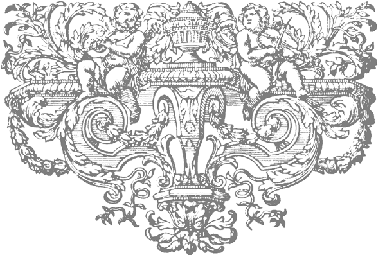Franco-Flemish double-manual harpsichord,
![]()
|
The stunning double-manual harpsichord made in Antwerp in 1617 and decorated and ravalé in Paris is for sale. |
This harpsichord was originally built in Antwerp in 1617 but, although the date is known, the original maker is unknown. It was originally a normal double-manual Flemish harpsichord with two keyboard at pitches a fourth apart, and with the usual disposition of 1x8', 1x4' and 4 registers - two for each keyboard. Although it now has a genuine early Ioannes Ruckers soundboard rosette, this rosette is too small for the size of the hole in the soundboard and a careful analysis of the structure and design of the instrument shows that it was not made by any of the members of the Ruckers family.
The instrument was mis a ravalement in Paris at some time between 1742/43 and 1750 when the bass compass was extended down to F1 in the bass, but the left without extending it beyond c3 in the treble. It was also given its lavish extravagant figure paintings by François Boucher (1703 - 1770) and the ornaments surrounding these and the paintings on the spine by Christophe II Huet (1700 - 1759). In 1750 (the date on three of the rows of jacks) it was given a further ravalement by François Étienne Blanchet who extended the compass up to d3. It was then later given a further treble ravalement by Nicolas Hoffmann and Jacques Barberini who extended the treble compass further up to f3 in 1786.
The result is now that it is a classic French double-manual harpsichord with a full 5-octave compass and a disposition with 2 x 8', 1 x 4' and a peau de buffle set of jacks. The stunningly-beautiful decoration has been meticulously cleaned and restored. The sound is pure, full, rich and evenly-balanced across the entire compass of the instrument. It creates an impression of immense power and opulence. The sound has made a lasting impression on everyone who has heard or played the instrument and it is, without a doubt, one of the finest and most beautiful examples of 18th-century French harpsichord decoration and building in existence.
Click here for further information.
For further details, please contact Grant O'Brien
